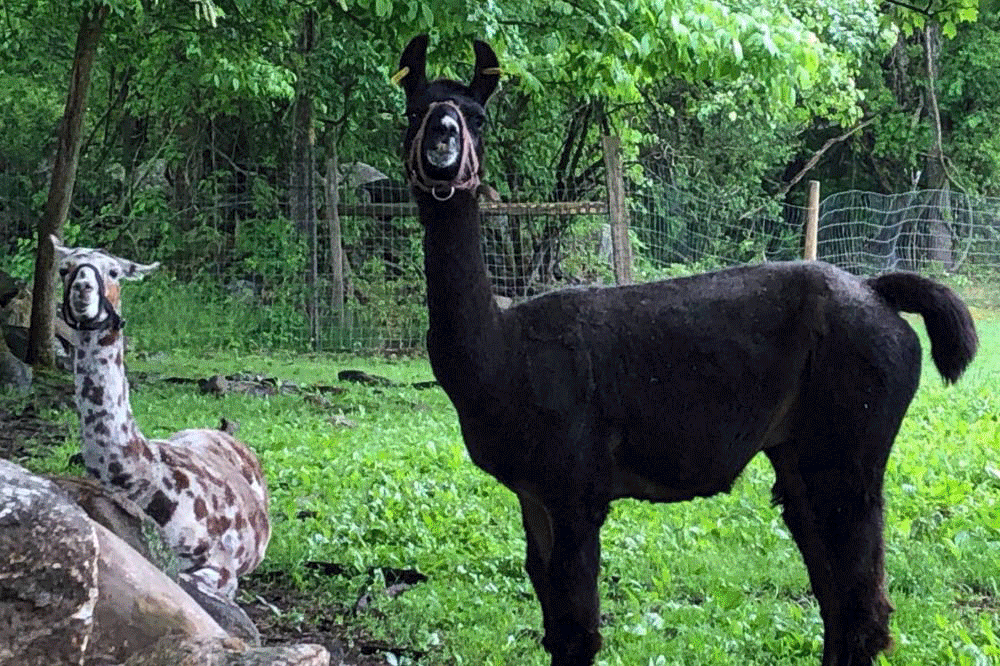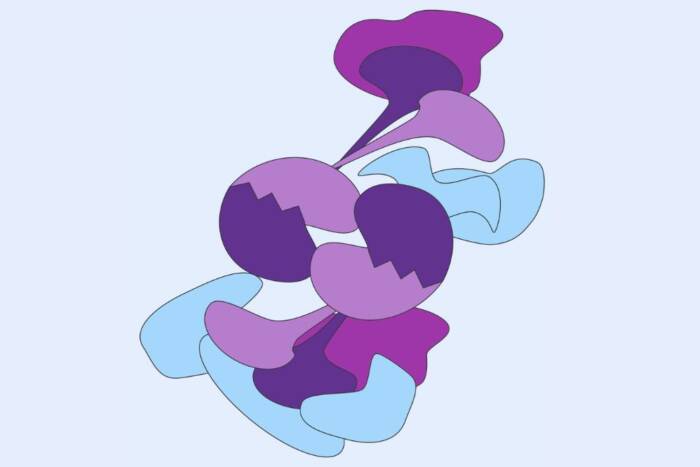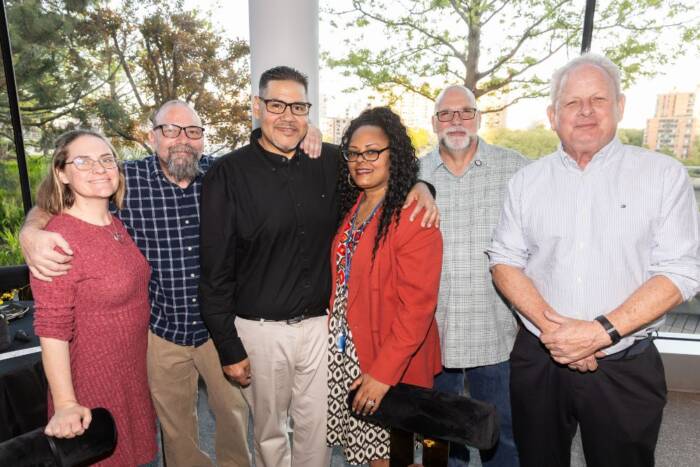Llamas immune to coronavirus, what zebrafish are thinking, and other memorable science stories of 2020

COVID-19 dominated scientific research this past year, with good reason. When the worst pandemic of the century struck, scientists from all disciplines banded together to fend off a virus that will have claimed at least 1.6 million lives by the new year. But basic science did not come to a standstill in 2020 and, while more than 25 Rockefeller labs(opens in new window) diverted their efforts to studying the novel coronavirus, others continued crucial work in other realms of bioscience.
Here are some of the most popular science stories that we covered at Rockefeller in 2020.
At the beginning of the year, scientists in Alipasha Vaziri‘s lab tracked the brain activity of zebrafish with such precision that they were able to predict how a fish would behave 10 seconds before it made a decision. Their findings point to the cerebellum as a key site of decision making, upending a long-held belief that this brain region is primarily involved in coordination and balance and not necessarily cognitive brain functions.
Then, weeks before the first New York state shutdown, researchers in Daniel Kronauer‘s lab highlighted just how dynamic the evolutionary trajectory of turtle ants can be. Their observations of the oddly-shaped heads of this unique ant species illustrate how evolution, often thought of as a straight path from generalist to specialist, can sometimes be a winding road.
In May, even as the pandemic picked up speed, Sohail Tavazoie‘s lab continued to hack away at an equally formidable disease—cancer metastasis. For the first time, the researchers demonstrated that the genes we are born with can play a role in the process by which occasional cancer cells break off a primary tumor, travel to a new organ, and seed a new murderous mass. The findings may explain why some unfortunate cancer patients experience metastasis, while others do not.
Computer modeling from the laboratory of Elaine Fuchs solved another piece of the cancer puzzle, projecting that the deadly properties of some skin cancers could be attenuated by manipulating the basement membrane, a layer of proteins that separates a tumor from surrounding tissue. Their findings affirmed the critical role of the basement membrane in determining how skin cancer develops and how serious it becomes.
Meanwhile, other Rockefeller researchers were already making progress in understanding COVID-19 and developing new treatments. Going into the summer, those scientists began to publish their findings.
Michel C. Nussenzweig and colleagues demonstrated that virtually any healthy immune system is capable of generating effective antibodies against the novel coronavirus—long-awaited confirmation that a vaccine could provide widespread protection. Their study also identified three particularly potent antibodies in patients who had recovered from COVID-19. They are now developing these neutralizing antibodies into drugs that could treat the disease.
At the same time, Michael P. Rout and Brian T. Chait had invested in a less-celebrated class of immune cells: nanobodies, miniature antibodies derived from llamas. Their work conferred celebrity status upon Rocky and Marley, two llamas in rural Massachusetts that help scientists combat COVID-19 by lazily grazing and providing occasional blood samples. Shortly thereafter, Jean-Laurent Casanova and colleagues made headlines with two reports revealing that people with the most severe cases of the disease frequently lack interferon I, a cluster of proteins that repel viruses, providing the first molecular explanation for why some young, otherwise healthy people who contract COVID-19 nonetheless end up in the ICU.
As this whirlwind of a year drew to a close, a flurry of papers continued to round out our understanding of bioscience with far-reaching implications for human health:
Near the end of the summer, research from Daniel Mucida‘s lab described how microbes interact with the nervous system, work that may have implications for treating irritable bowel syndrome and other gut diseases that impact the nervous system.
In the early days of autumn, Priya Rajasethupathy and colleagues made strides in our understanding of working memory—the genre of memory that enables us to recall mental shopping lists and phone numbers. Their findings may ultimately help researchers understand the molecular basis of learning disabilities and ADHD, among other cognitive deficits.
And as winter fell on Rockefeller’s campus, the laboratory of Leslie B. Vosshall was busy solving the mysteries of a decidedly warm-weather problem—mosquitoes. In the final days of 2020, the scientists managed to answer a fundamental question that had long been on their minds: When a mosquito plunges her proboscis into our skin and sucks our blood, what does she taste?


